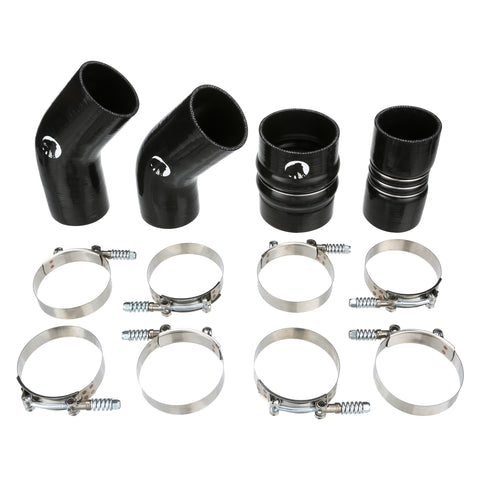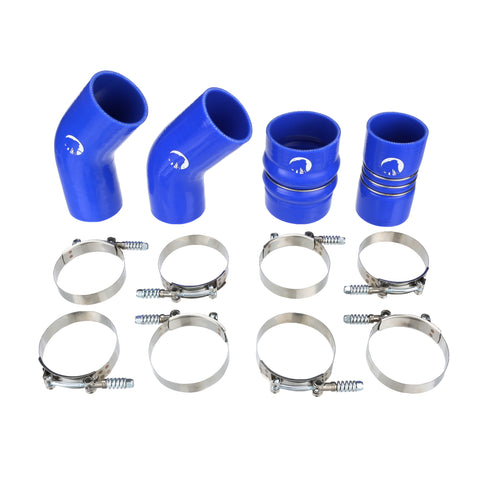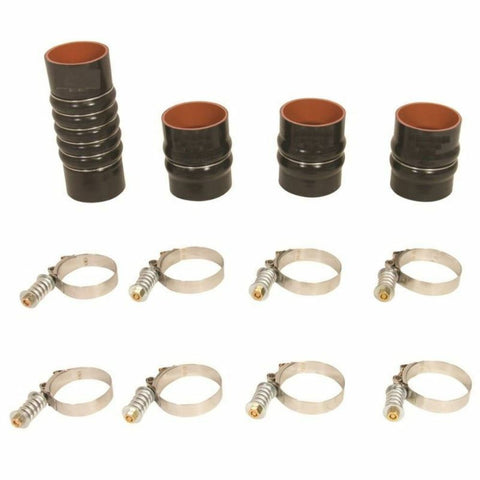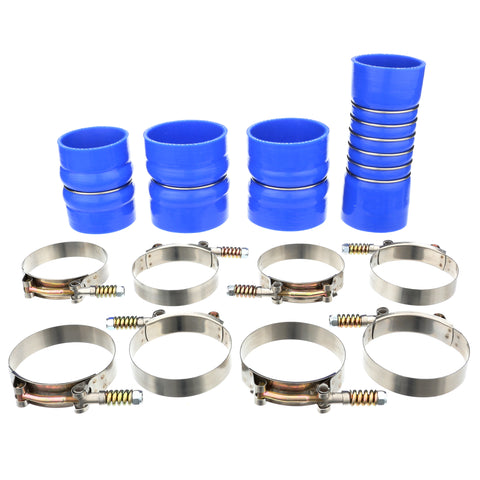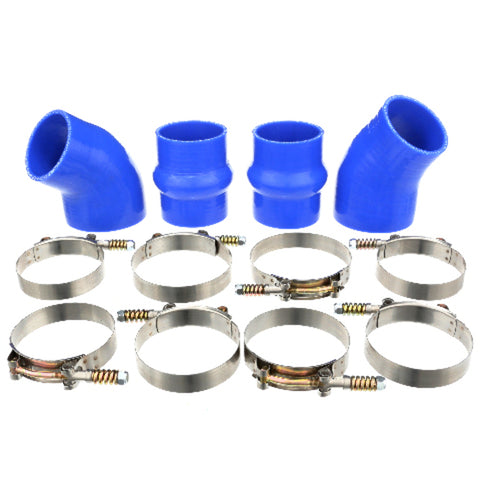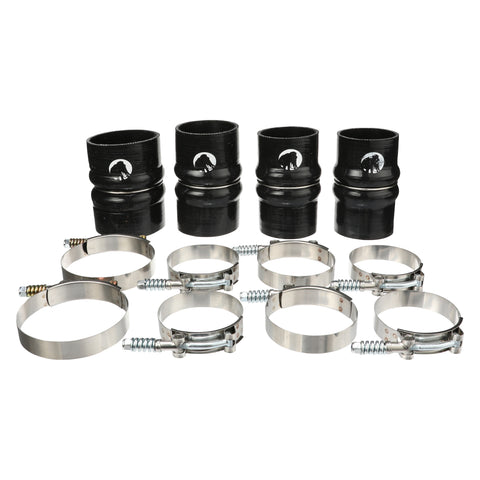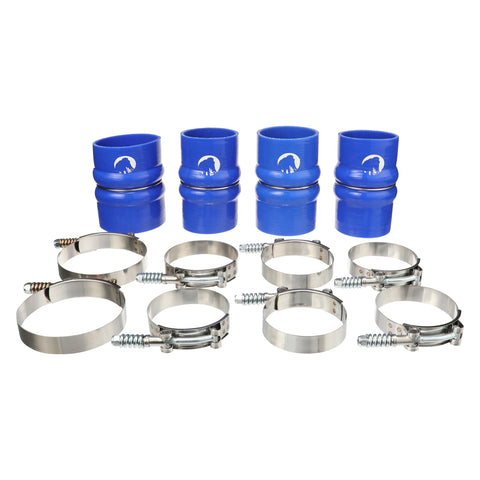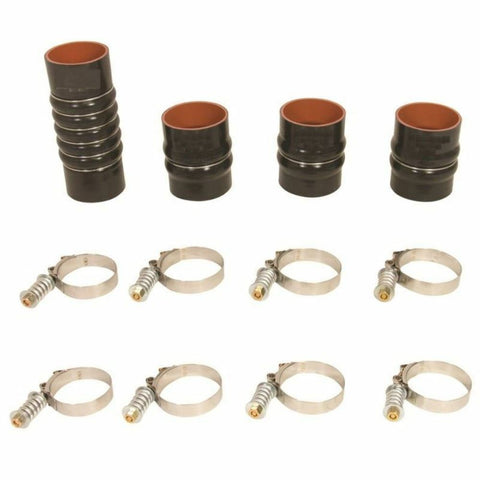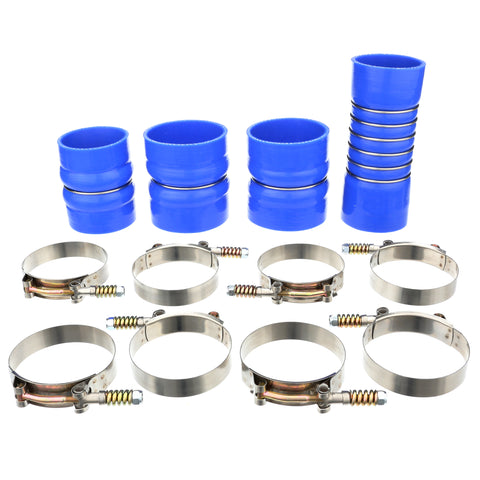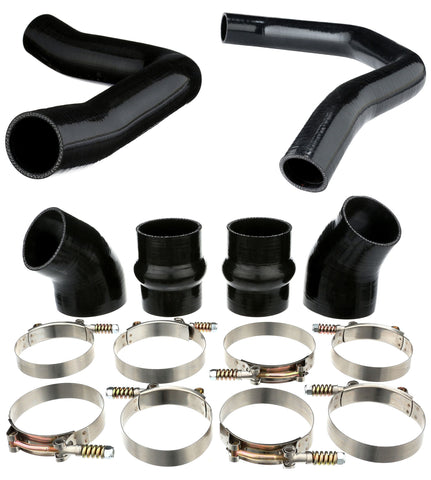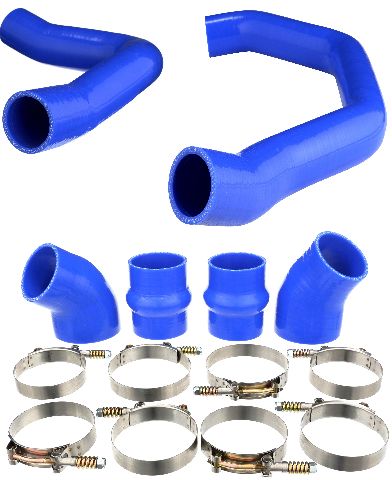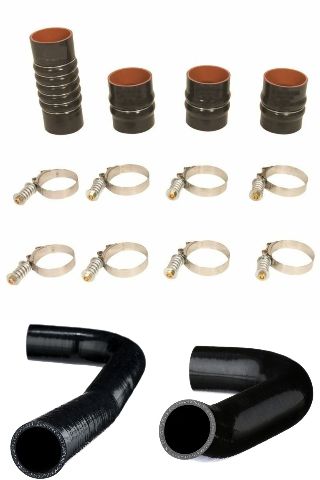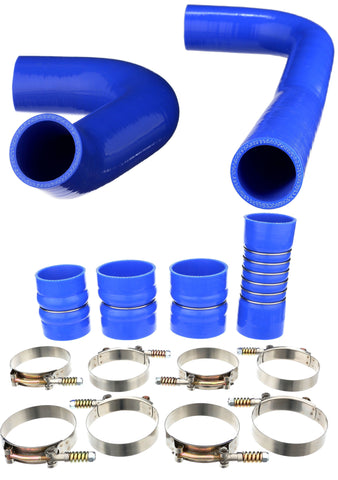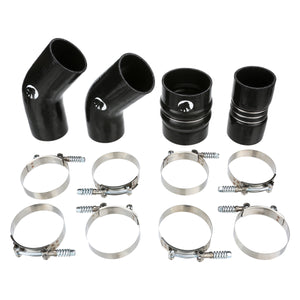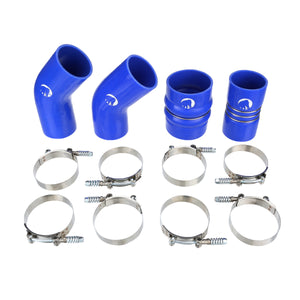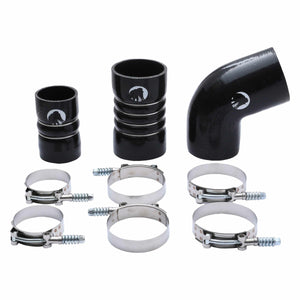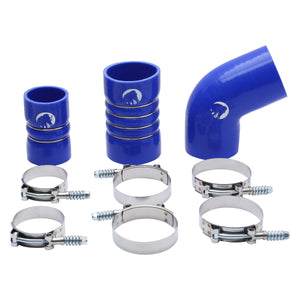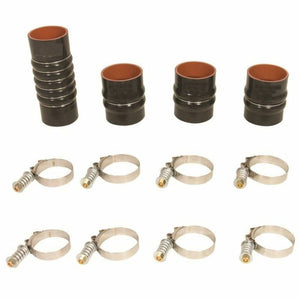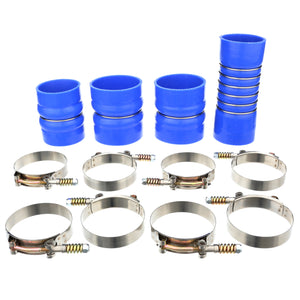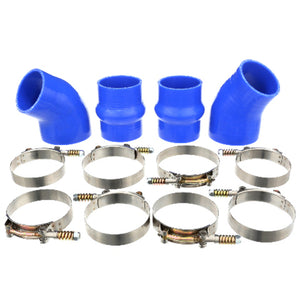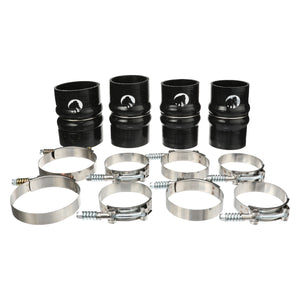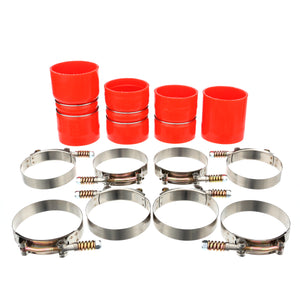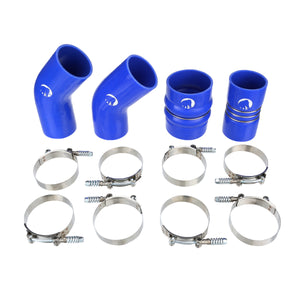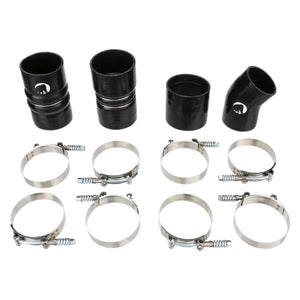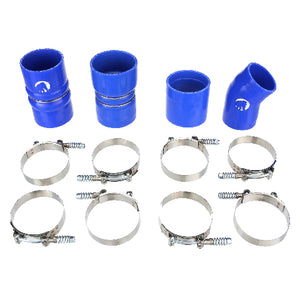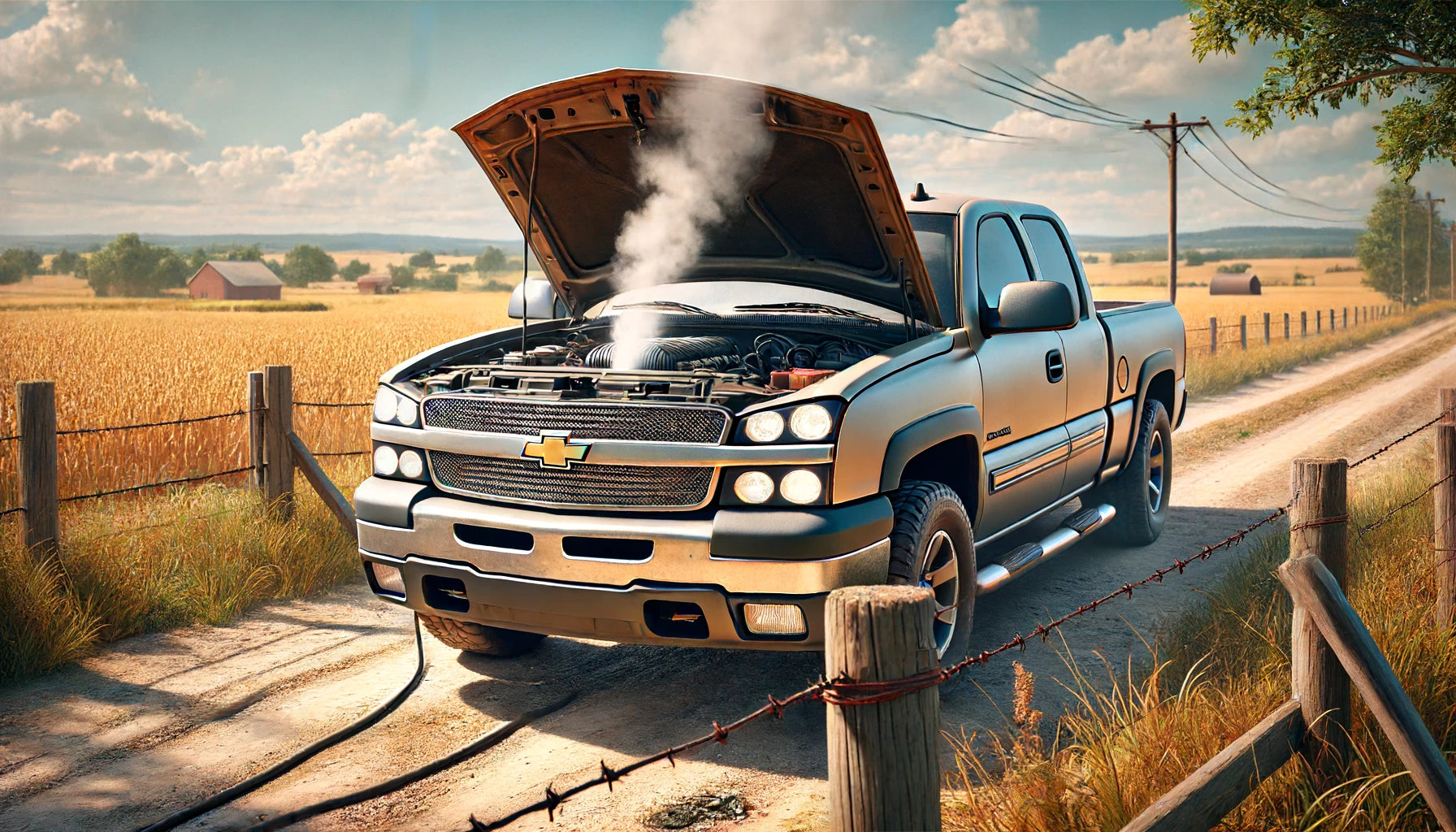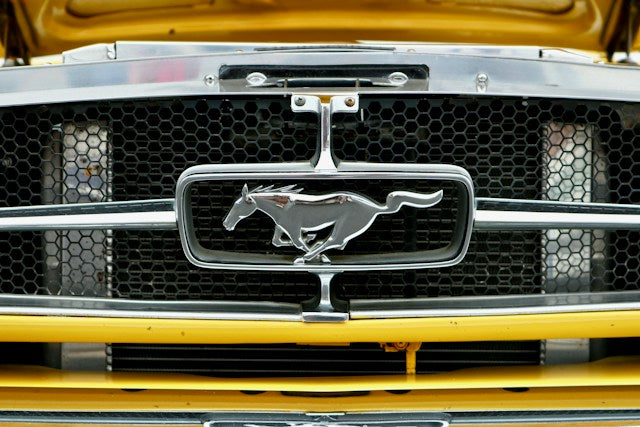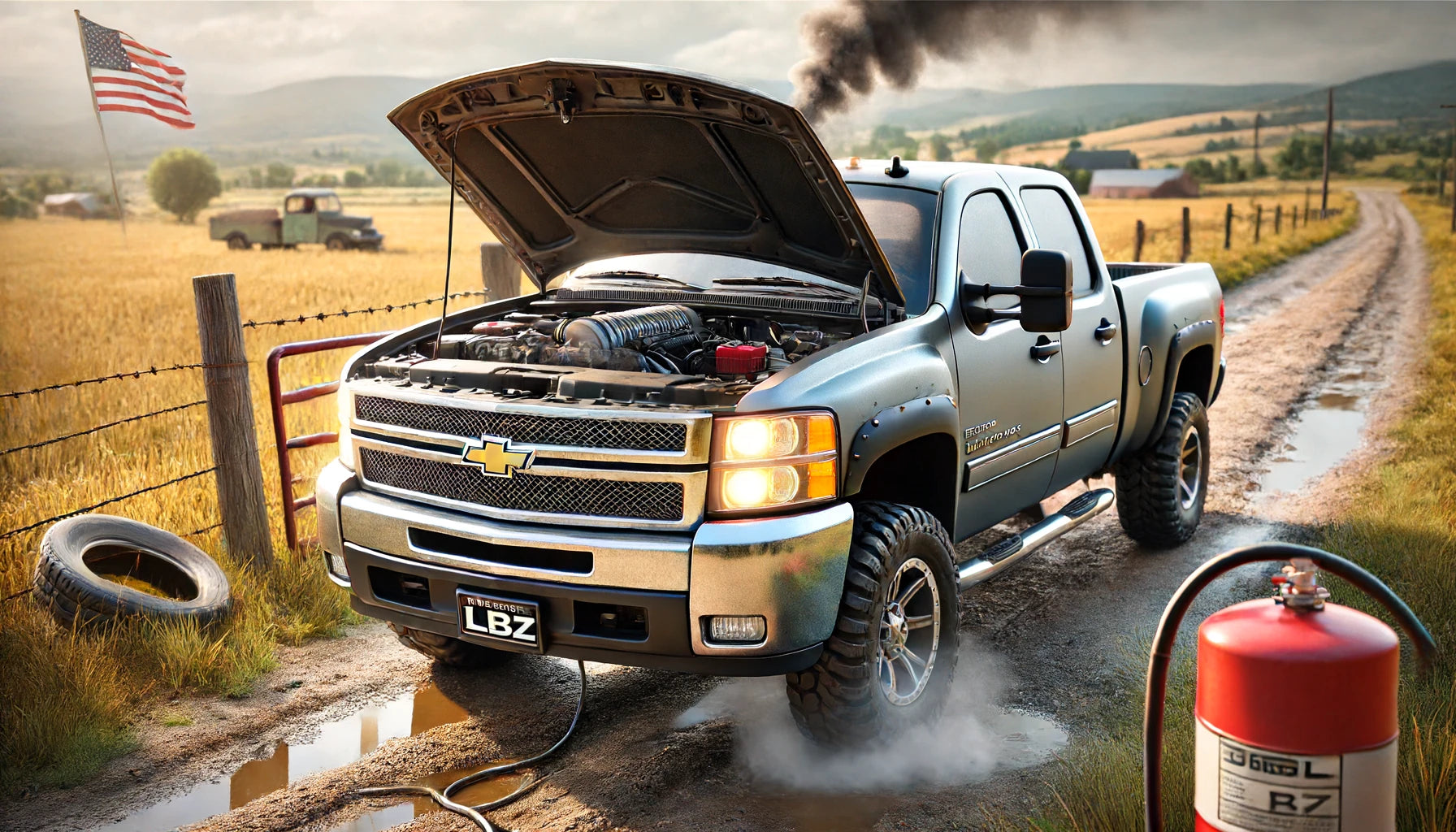Powerstroke Vs. Cummins: Which Engine is Best?
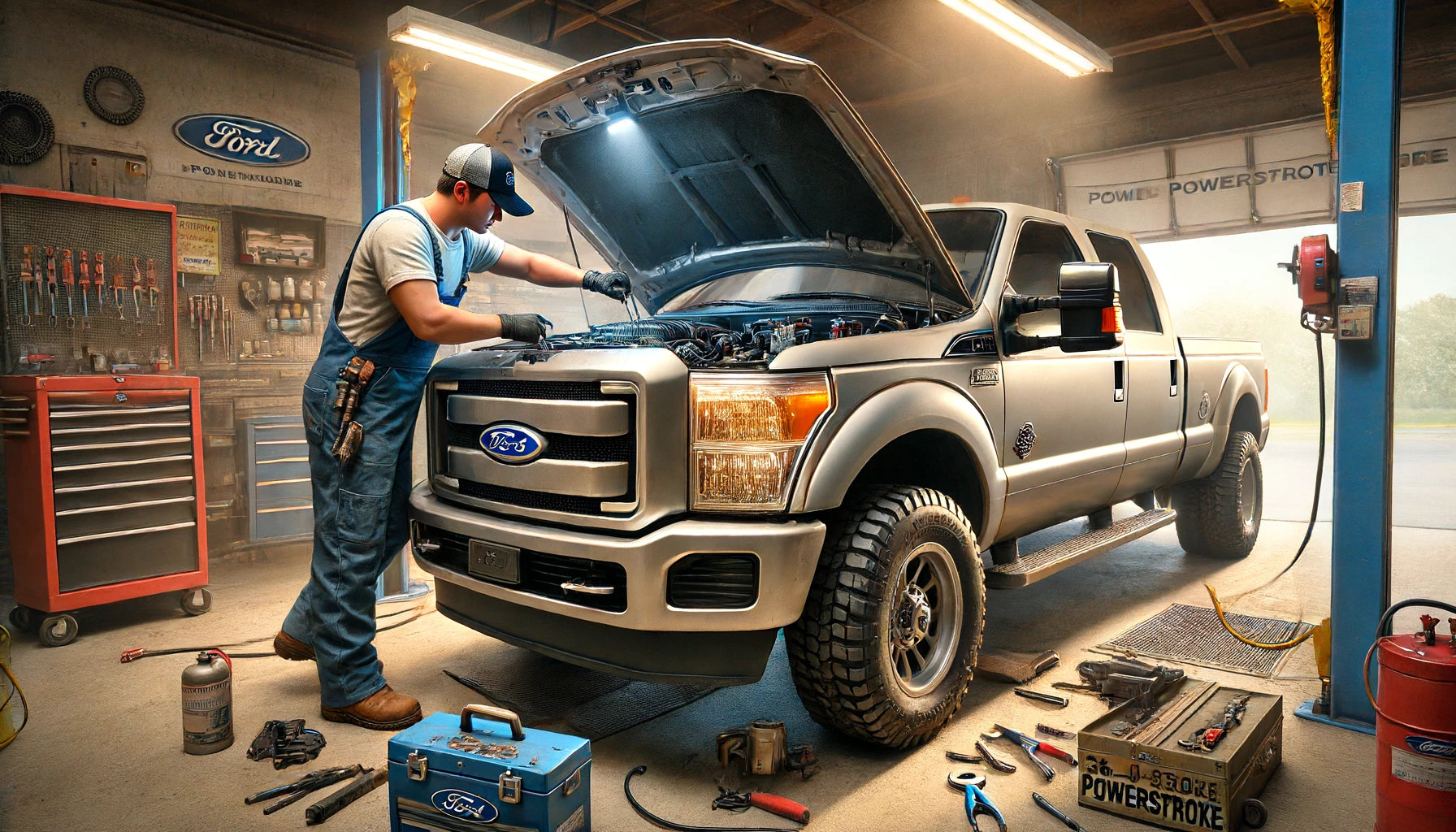
Table Of Contents
The Cummins vs Powerstroke engine debate has always been heated, so brand loyalty often rules the day in such arguments. These two, well matched engines are the top pickup truck engine choices in their market segment.
Both engines are efficient, reliable, and robust. That's why they are a favorite for many truck drivers and enthusiasts. Both engines are also quite powerful, and besides propelling pickup trucks, they also power buses and large commercial vehicles. These diesel engines can also withstand heavy-duty tasks. All things considered, they both perform well and never disappoint. The million-dollar question is, which is better than the other?
This article breaks down the attributes of these engines, highlighting their reliability, power, efficiency, and so much more.
1. 6.7 Powerstroke vs. 6.7 Cummins: Power Battle
Pickup trucks are only as powerful as their engines, and these two are, without a doubt, the kings. Even though the 6.7 Powerstroke and 6.7 Cummins engines are different, they are both powerful in their own right. How powerful each is depends on your needs.
The 6.7 Powerstroke V8 Turbo diesel engine is built to handle diesel fuels with up to 20 percent of biodiesel and 80 percent of petroleum diesel. It has a displacement of 6.7 liters/ 406 cubic inches, and develops outputs of 475-500 horsepower at 2600 rpm and a 1050-1200 lb.-ft. of torque at 1600 rpm. Its valve train is OHV and has four valves per cylinder. It also has a high-pressure common-rail injection and piston-cooling jets for engine longevity. What's more, the engine has a dual compressor turbine that blends a large turbine rotor's high capacity with a small turbo's quick response. Its emission systems include a cooled exhaust gas circulation, a diesel particulate filter (DPF), and selective catalytic reduction (SCR).
The 6.7L Cummins Turbo Diesel engine uses a Bosch high-pressure common rail (HPCR) fuel system and has eight cylinders. It benefits from a similar displacement of 6.7 liters/ 408 cubic inches but develops outputs of between 370-420hp with between 850 -1075 lb.-ft. of torque, depending on the model year. Its valve train is dual overhead camshaft (DOHC), with four valves in each cylinder. Both the 6.7 Cummins' standard and high output engines are turbocharged and charge-air-cooled, and they both weigh1070 lbs.
2. 6.7 Powerstroke vs 6.7 Cummins: Reliability
When it comes to reliability, both engines have different capabilities, lifespan, and versatility.
The 6.7 Powerstroke is powerful, reliable, and highly durable. The engine can cover 200,000 miles with minimal basic repairs. With proper maintenance, the engine can easily exceed 400,000 miles. The engine’s warranty coverage is also competitive, starting from the engine’s start date and going up to 10,000 engine operation hours or 5 years/250,000 miles.
While the engine rarely experiences significant issues, it has been reported to have some flaws. The 2011-2014 Ford Super Duty trucks with this engine have been seen to develop exhaust leaks due to cracked exhaust manifold studs.
The 6.7 Cummins engine, on the other hand, is also highly reliable, with the capability to exceed mileages of over 300,000 miles with proper maintenance. Also, because the Cummins engine design is less complex, it is easy to maintain and less prone to mechanical failures. However, it may experience minor hitches once it passes 100,000-120,000 miles. These include diesel particulate filter (DPF) clogging (especially in the 2007-2013 model years), turbo system problems, heater grid bolt failures, and head gasket failures. When it comes to warranty coverage, Cummins only reimburses failures resulting from factory materials and workmanship,
3. 6.7 Powerstroke vs 6.7 Cummins: Fuel Efficiency
The fuel efficiency of both trucks varies with the vehicle's model year. With a combined rating of 16–21 MPG, the 6.7 Cummins Turbo Diesel I6 is more fuel efficient. The 6.7 Powerstroke is rated at 15-20 MPG in combined driving. Both engines utilize biodiesel (up to 20%) and petroleum diesel (80%).
4. 6.7 Powerstroke vs 6.7 Cummins: Maintenance
Proper maintenance ensures both engines have extended lifespans and better performance.
Practical tips for maintaining a 6.7 Powerstroke:
- Use appropriate filters. Ford suggests using Motocraft filters because they are designed for the engine.
- Use high-quality oil designed for the engine. Motocraft also has the perfect oil for 6.7 Powerstroke.
- Check your coolant regularly. If you detect any issues, such as leaks, drops in coolant levels, or cracked coolant hoses, address them immediately.
- Maintain the Fuel Injection System. Drain water from the water separator every month and ensure the biodiesel fuel does not exceed 20%.
- Avoid blowing the gasket.
- Always observe the cold start performance. Before turning on the engine, wait for the ‘wait to start’ lamp to turn off.
Practical tips for maintaining a 6.7 Cummins:
- Change oils once you reach 10,000 miles or every six months.
- Once you change the oil, change the fuel filters too.
- Allow the turbo to cool down before turning off the engine.
- Don’t let the engine idle for too long.
5. Choosing Between Powerstroke vs Cummins
The 6.7 Powerstroke and 6.7 Cummins are both powerful engines that guarantee optimal performance, reliability, and durability. With any of them, you can expect strong performance. Therefore, choosing one over the other totally depends on your needs, preferences, and truck loyalty. Will it be the 6.7l Cummins or the 6.7L Powerstroke? That totally depends on you.
6. Cummins vs Powerstroke: FAQs
Is Cummins 6.7 or Powerstroke 6.7 better for towing heavy loads?
The 6.7 Cummins engine has long been commended for its high torque output and impressive towing capacity, but so has the 6.7 Power stroke engine. The more recent 6.7 Power Stroke engines are more powerful than ever before, boasting maximum power and torque outputs that are marginally higher than those of the 6.7 Cummins engine. The 6.7 Power Stroke engine can tow up to 40,000 pounds when using a gooseneck hitch, while the 6.7 Cummins engine can tow up to 37,090 pounds with a similar setup. Therefore, the 6.7 Power Stroke engine is better for towing super-heavy loads.
Which engine requires less maintenance, Cummins or Powerstroke 6.7?
The 6.7 Cummins requires less maintenance, unlike the 6.7 Powerstroke.
Are Cummins or Powerstroke 6.7 engines suitable for off-road adventures?
Yes. both 6.7 Powerstroke and 6.7 Cummins are appropriate for off-road adventures. This is because they are powerful engines, durable, have high levels of torque, and can withstand long mileage.
Can I modify Cummins or Powerstroke 6.7 engines for increased performance?
Yes. Both engines can be modified through regular updates and repairs to increase performance.


